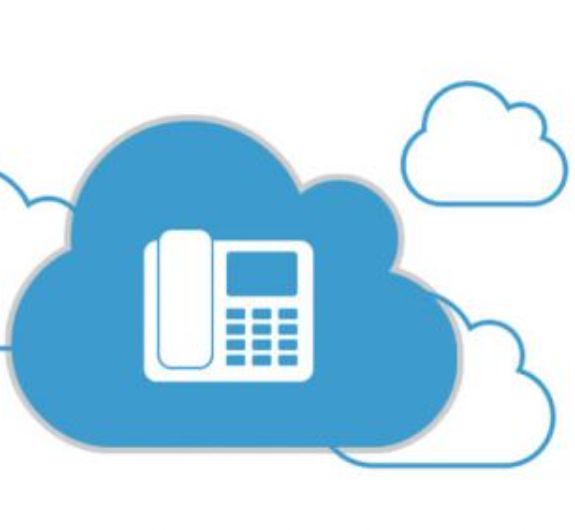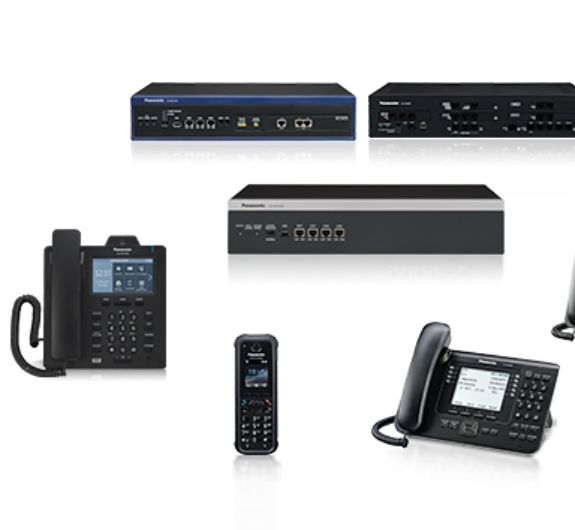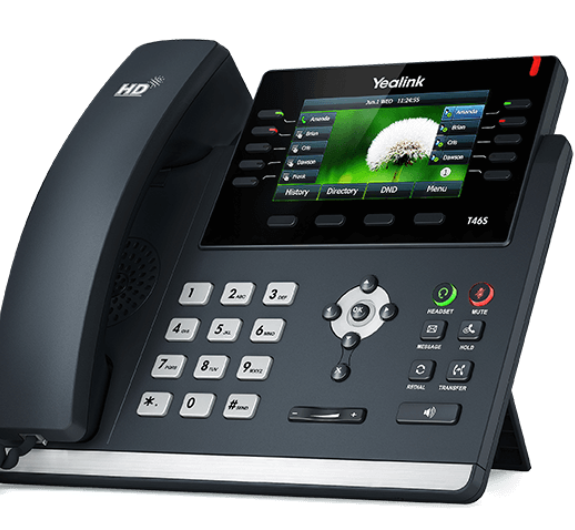From 2020 you will no longer be able to purchase integrated services digital network (ISDN) and public switched telephone network (PSTN) circuits in the United Kingdom.
This a major step towards the United Kingdom’s mass IP-network migration, with an IP core network set to replace all of the outdated legacy technology.
Major networks are realising that the future of communication lies with VoIP.
Why Now?
Through a merging of telephony and mass media services — voice, data, video, and even broadcasting — companies are now offering their customers more than ever. With that, they also have to maintain multiple unwieldy legacy networks.
By switching to the IP protocol, providers only have to maintain one network.
Don’t Panic!
If you haven’t made the switch from PSTN and ISDN by January 1 2025 — your phone will still work. A viable alternative will need to be available before any shut down.
According to Ofcom, there are 33.2 million fixed landlines in the UK (inc. ISDN), and 7.6m business lines — for many, ISDN is still the best they can get.
What are PSTN and ISDN lines?
PSTN or POTS (Plain Old Telephony Service) works off the same principles as the very first phone networks of the late 19th century.
Most people have a PSTN line at home, whereby analogue voice data flows over interconnected circuit-switched copper phone lines.
This connectedness has allowed ISPs to deliver faster internet speeds through ADSL and FTTC connections… at a price to the end user — line rental.
There has been no suggestion of a viable replacement for ADSL and FTTC, so it can be assumed that BT’s planned PSTN shut down only applies to voice.
ISDN allows both voice and data services to be delivered over digital lines simultaneously. This paired well with businesses from the outset due to ISDN’s simultaneous video-conferencing / analogue calling capabilities.
ISDN — no longer the go-to service for video-conferencing and fast internet speeds — is gradually slipping further and further into obsolescence.
VoIP: The Future of Communication
If you are still using ISDN / PSTN lines or legacy telephone systems, this announcement is a great opportunity to review your business communications.
VoIP — unlike traditional solutions — does not run over copper lines, making them and line rental redundant. The only thing you need is an active internet connection.
40% of the UK market has already recognised that switching to a VoIP solution provides a number of key benefits.
VoIP is much more flexible as it’s delivered over an Internet connection and does not require the procurement of another “line.”
You can have as many channels as your internet connection can handle, and you can increase or decrease as your business requirements change.
The IP Difference
With S&S Communications VoIP solutions, our customers save on average 40% on their monthly phone bill with some saving up to 70% when they switch from ISDN and PSTN lines.
Auto-provisioning of IP phones allows for quick installation with no capital expenditure and with converged voice & data, there’s no line rental costs.
Flexibility & Scalability
Your phone number isn’t tied to a physical location, allowing you global access to your number with an active broadband connection.
Internet-based phone systems also have no user-limits, granting businesses the ability to adapt and grow with your communications, staff and locations freely.
VoIP users open up multiple “localised” sites using Geographic and International numbers that can be redirected to your IP Phone or a softphone. One phone, countless numbers.
You can engage with new markets / verticals with a local presence and gain access to a global pool of talented recruits with a seamless communication system.
Disaster Recovery
Where your broadband connection fails, Blueface provide an automatic failover capability to ensure you don’t miss a call.
In the event of dangerous traveling conditions / public transport strike — simply log in to your Unified Communications portal and redirect calls any number you choose.
Before You Upgrade
Although 2025 seems far away, major changes will surface soon.
If you’re upgrading your phone system soon, save your future self a lot of headaches by switching to a hosted solution today.
Sure, you can super-power your legacy equipment but even that may need modernisation before you know it.
Ask yourself these two questions before upgrading to Unified Communications.
1. Can my Internet Support VoIP?
Before you start thinking about migrating to VoIP, there are two important questions every business should consider, the first being “can my internet support VoIP?”
This should be followed by “can my internet support my business’ communication needs?” This is dependent on company size, users and their usage.
Ensuring sufficient broadband connectivity is crucial to your VoIP solution working as it should – with the highest, concurrent call quality.
2. My Current System Cannot Support VoIP, What Now?
If your current system is incompatible with VoIP, you have two options — upgrade your On Premise infrastructure or futureproof your business with a Fully Hosted solution.
On Premise: Costly IP-enabled upgrade for legacy equipment.
Fully Hosted: Fully maintained off-site, cost efficient and futureproof.
VoIP is set to become the primary method of voice communication with the wholesale PSTN and ISDN shut down
While lagging businesses are wary of upgrading their legacy system, future-thinkers are researching how a next gen,telephony system can benefit their business.
Make the switch to VoIP today, for more information call S&S Communications on 02830261708.




